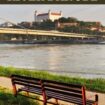
Go World Travel is reader-supported and may earn a commission from purchases made through links in this piece.
The Danube is one of the greatest rivers in Europe, with an unrivalled cultural history. Beginning in the Black Forest in Germany and ending at the Black Sea by Romania, this mighty river spans over 1,777 miles, ten countries and numerous civilizations.
Arguably, the most incredible part of the Danube is in the East. Here, the river flows through four countries, several cities, and numerous old tribal lands. The environment of the River Danube changes drastically in the East, so much so that it almost feels like a completely new river.
Last year, I decided to walk the River Danube from source to sea. No one else had done this before, and I was intrigued by the history, the stories and the folk tales surrounding it.
As it turns out, there is so much more to the Danube than the several hundred miles that most people cycle on the short Danube Cycle Path. If fellow adventurers so desire, they could continue walking alongside the river all the way to Romania – but this would have to be via main roads, farmers’ fields, and briefly, on boats.
The journey quickly becomes difficult, but boy is it worth it.

The Serbian Danube “дунавском” (Dunavskom)
Once you have crossed the border into Serbia, you will find yourself surrounded by buildings featuring Cyrillic signs. However, the small Serbian churches you will encounter don’t look too dissimilar from their Croatian counterparts.
The Serbian Danube begins in Backa Palanka and goes through the two main cities of Novi Sad and Belgrade. It is here that the differences between western and eastern Europe become starkly clear. For one thing, the East comes with an abundance of fortresses.
The river flows past Constantinople and Byzantine fortresses before travelling to Golubac, a medieval town with another grand fortress at its centre. Here, the land has passed through the hands of the Romans, the Ottomans, the Hungarians, the Bulgarians, the Serbs and the Austrians. Each visitor left their own imprint on the town, shaping it into a place that combines traditions, languages and cultures.
The Danube is Europe’s most polluted river – although you may not notice this until Serbia. Here, unfiltered wastewater is thrown out from the Serbian capital of Belgrade, adding to the already horrifying levels of antibiotics and chemicals in the water.
It is because of this that the Danube becomes almost entirely unfit for drinking water, along with irrigation. Furthermore, the once-rich fishing grounds have diminished drastically. Whereas before, communities were able to live and work on the rivers, this co-reliance has since disappeared.
Each stage of the Danube seems to add even more significance to the rich tapestry of its history…However, along the Middle Danube, the similarities and differences between countries, cultures and borders begin to blend.
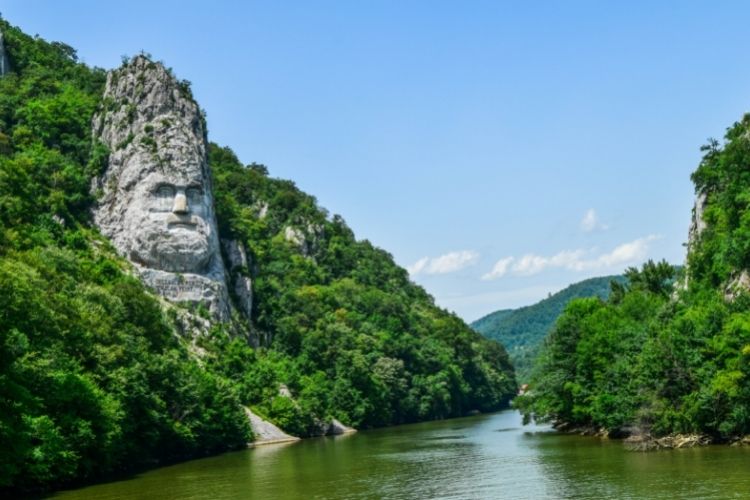
The Romanian Danube “Dunărea”
Once it has left Serbia, the River Danube flows through Dubova, where a great rock sculpture (the largest of its kind) is carved into the rocks. Standing grandly against the backdrop of hillsides and national parks, the sculpture is 141ft in height and 104ft in width. It showcases the magnificent face of Decebal the Brave, the last king of Dacia.
The rock was carved to acknowledge Decebal’s battles against the Roman emperors who wanted to conquer his country. They were partly successful – directly opposite the sculpture stands Tabula Traiana, a memorial for the Roman conquest of Dacia.
The river then winds its way down to the Iron Gates, located between Orsova and Drobeta-Turni Severin. Here, it separates the northwestern foothills of the Balkan Mountains from the southern Carpathian Mountains.
The Iron Gates were built by the Romanian government to help control the speed of the river. Whilst this was great for commercial boats transferring goods up and down the river, the dam created an unwanted legacy that is still felt for over 100 miles. Once construction was completed, over 23,000 residents living along the river needed to be resettled.
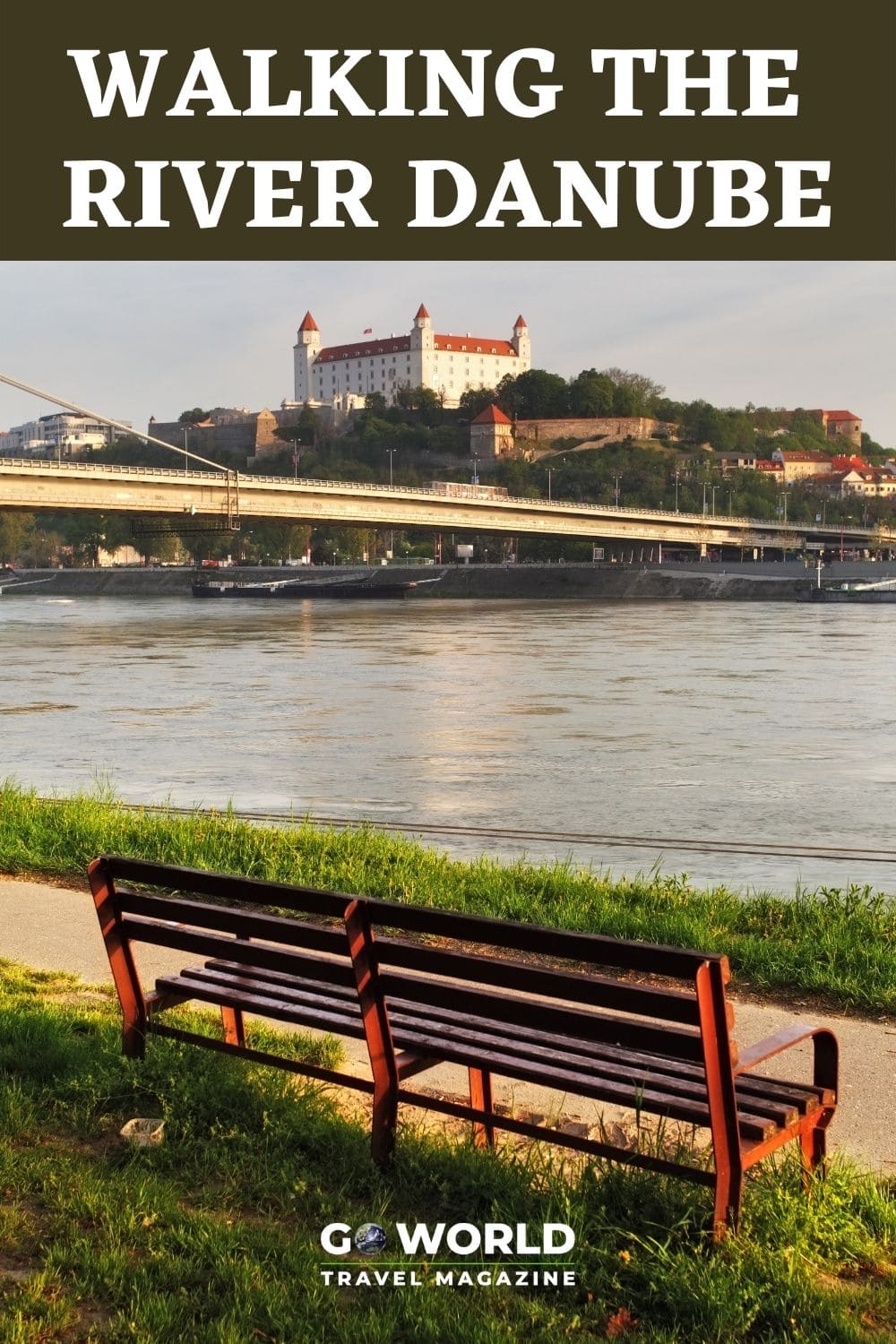
The Name of Danube
Previously, this section of the Danube was called Istros, meaning ‘strong and swift’ in the Thracian language. Istros was considered a river god, with the brothers Nile, Eridannus, and Alpheus. Later, the name for the whole river became the Danube, which came hand-in-hand with the god Danubius. It is likely that this name comes from the Celtic or Iranian dā, which means ‘drifting’.
You will find Danubius (or Danuvius) depicted widely across the Romano-Gallic world, suggesting that he was once worshipped as a deity. Still, there is very little information that survives about him – seemingly, even great gods can be forgotten.
The Romanian Danube ends with the Danube Delta flowing into the Black Sea. The Danube Delta is one of the least inhabited areas in temperature Europe. Only 20,000 people live on the Romanian side, with 4,600 of those living in the Port of Sulina. The rest of the population is dotted around 27 villages, only three of which have more than 500 residents.
But just before the river reaches the end, it acts as the border between Romania and Bulgaria.
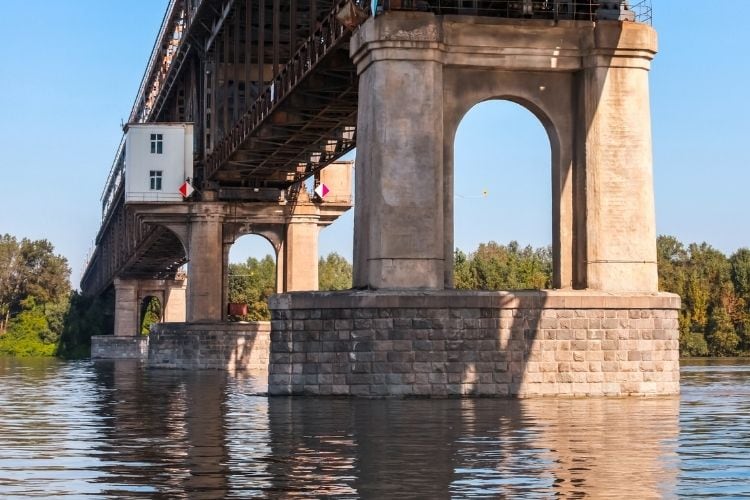
The Bulgarian Danube “Дунав” (Dunav)
Nestled up against Romania, with mainly the Danube as its border, is Bulgaria.
You may be surprised that one half of the Danube is “România” whereas the other half is “българия” – this is because in the 9th century, the Bulgarians created the Cyrillic alphabet.
They did this when they were forced to make a choice. The choice was to either abandon their pagan deities for the Roman Catholic Church or the Byzantine Orthodox church. The Byzantine Empire decided to incorporate a new script taken from a modified version of Greek letters called Glagolitic. This was created by a scholar called Cyril and one of his students.
Cyrillic unified all the tribes in Bulgaria, along with boosting Orthodox Christianity throughout the lands. Now, on May 24th each year, there is a Bulgarian national holiday that celebrates the invention of Cyrillic, along with Cyril, who was later proclaimed a saint.
The Danube continues to flow by fortresses and orthodox churches, finally entering the last Bulgarian city, Silistra. It then continues through Romania until it reaches Moldova.
The Moldovan Danube “Dunărea” or “Дунай” (Dunay)
The Danube Delta brings Romania, Moldova and Ukraine together. For a stretch of over 500 miles, the three countries share the river.
Moldova spends such a short amount of time bordering the Danube that it is almost insignificant. But, as most of Moldova used to be a part of Romania, it continues to tell a small part of the big picture.
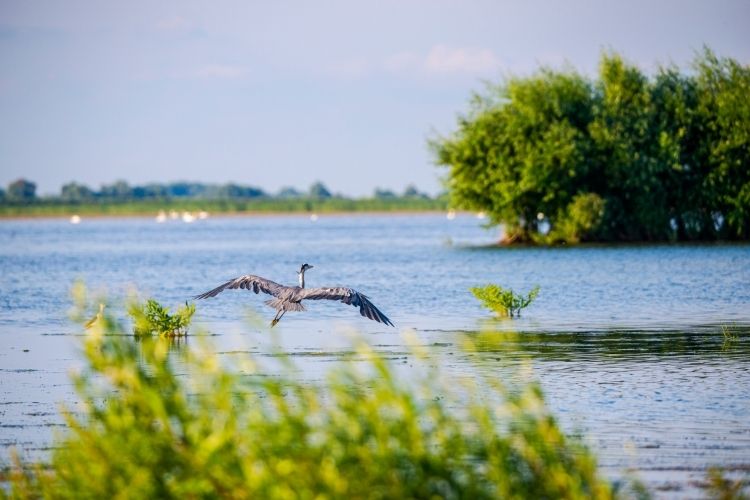
The Ukrainian Danube “Дунай” (Dunay)
Editor’s Note: The writer took this journey last year before the conflict in Ukraine. It is currently not safe or responsible to travel in Ukraine. We hope and pray for peace in Ukraine. The below section reflects a time before the conflict, in peaceful times that will hopefully return soon.
Just above the Ukrainian Danube is Kahul Lake. Not long after that is the city of Izmail.
Despite the nature of human interference along the rest of the Danube, the Danube Delta is still surprisingly wild and relatively undestroyed. It is Europe’s largest wetland and houses all kinds of animals: from storks to white-tailed eagles, golden jackets to beavers.
Sturgeon once used to swim the entire length of the Danube, but now, they are critically endangered. There are 25 species of sturgeon in the northern hemisphere and six of these are in the Danube river – at least, for now. Once, seven-metre-long Beluga sturgeons migrated up the Danube to Germany. Sadly, this no longer happens.
Illegal fishing is the main threat to sturgeons. Plus, up to 80% of the Danube’s floodplains have been diked and drained, losing endless spawning sites and habitats. Sturgeons do not reproduce annually and can live up to 100 years, making them especially vulnerable to the longevity of these threats.
But despite the Danube suffering a severe loss of natural resources, the future is starting to look brighter.
The Danube Delta has become one of Europe’s best-protected wildlife areas. With people around the world becoming more aware of the importance that rivers play in our daily lives, it looks as though the River Danube is finally being taken care of properly.
Hopefully, this wonderful river and all it brings has a long, clean life ahead of it.
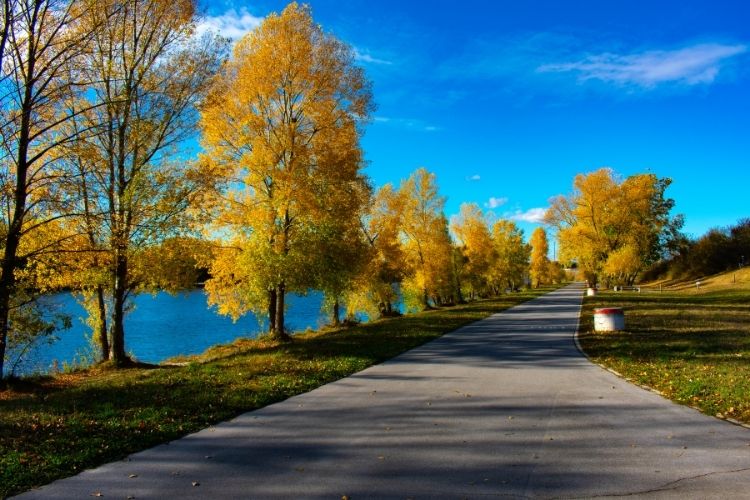
How to Walk the River Danube
If you are interested in walking the River Danube, then you should first bear in mind that there are no pre-determined routes. Once the Danube Cycle Path ends, you will be left to fend for yourself.
However, you can plan your own Danube walking trip using several resources. Namely, the Danube Cycle Path website which details routes from Germany to Romania. It also offers advice on the best time to travel and provides additional reading resources which may be beneficial.
Personally, it took me nearly four months to complete this journey via walking. If you would like to cycle the route, then this would take a little over one month.
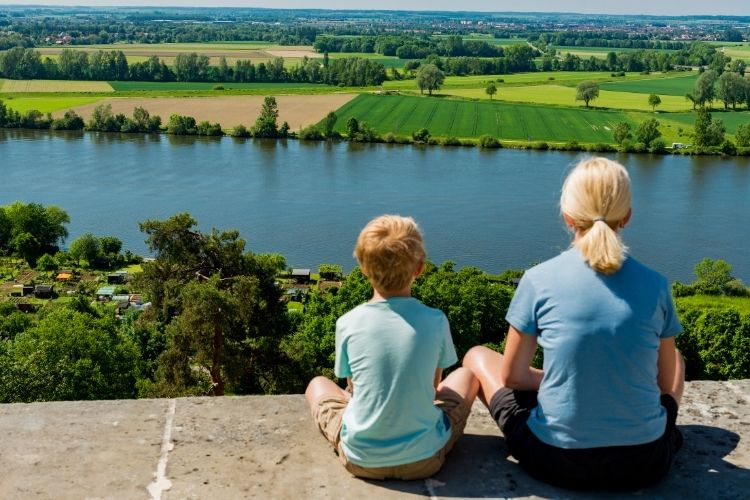
Accommodations Along the River Danube
In regard to accommodation along the way, you will not struggle to find a hotel or hostel to rest your head. Personally, I utilised Couchsurfing for most of my trip. I found that staying with locals was one of the most rewarding aspects of the experience.
Finally, if you do not want to walk the whole River Danube then you might consider doing small sections of the river. There are plenty of tours that offer specialised trips along the Danube, with some of the best being for the Wachau Valley and the Romania Danube Delta.
Make sure that if you undergo a journey like this, you begin it with open expectations. Everything you know about the river will completely change along the way, as will knowledge and perceptions of cultures, histories, and the relationship that people have with the environment.
By the end of it, you will have sampled the world’s best food, met some incredibly genuine and wonderful people, and have a heart that is significantly more full than it was when you began.
Click through to follow the author as she walks along the Western Danube River
Author Bio: Amy Aed is a freelance adventurer that loves to write raw, off-the-beaten-track guides to gorgeous places.

